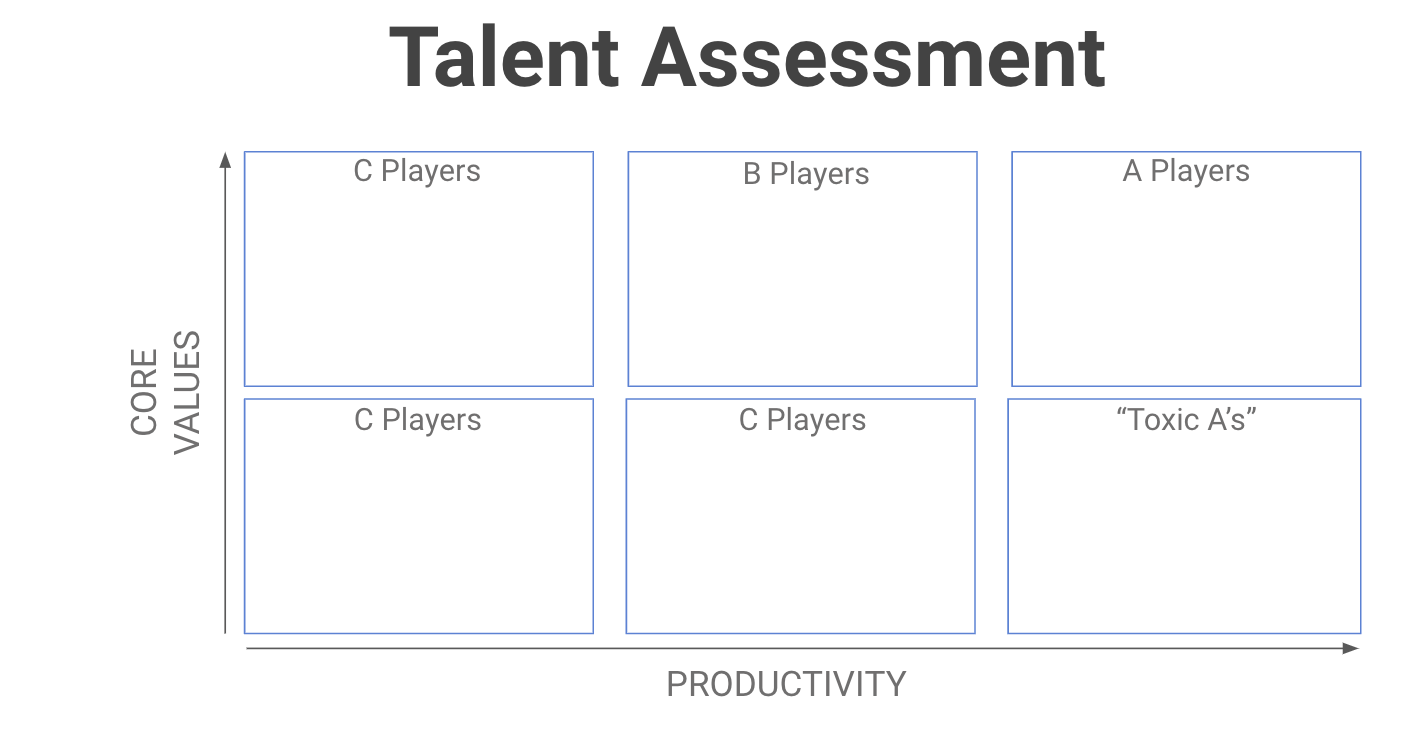Want to know the most significant obstacle facing scale-ups in the UK right now? It’s leadership. As businesses grow exponentially, they need talented leaders and managers. And all too often, they promote people internally who aren’t ready or hire from outside with an immense cultural cost.
The answer? Leadership succession planning. We firmly believe the primary job of a leader is to make themselves redundant. Take this attitude to every leadership role, and you’ll build a culture that constantly develops and grows talent into future management roles.
I remember working with a client, New Signature, and plotting their growth to £100 million. With my help, they realised they would need 70 new managers in three years. What a realisation. Where would these people come from? They needed to make a plan fast.
Succession planning is vital to scale your business whilst also retaining your culture. Growing your leaders will always be better than hiring from outside. What happened at Rackspace is a great lesson. In ‘The Rack We Built’ by Lorenzo Gomez, he describes how the culture was destroyed by bringing in leaders from outside the business. It’s painful to read.
But when it comes to succession planning strategies, we’re not just looking at leaders and managers. We’re also thinking of sole contributors who might be vulnerable to a bus hit. Too often, scale-ups become reliant on one person who holds essential knowledge. Identifying these individuals and ensuring they’re included in succession management is vital.
So, how do you get succession planning right?
Identify and develop high-potential candidates.
Start with talent assessment. Sit down with the rest of your Executive team and group your staff according to their talents. Work out where they sit in the following matrix:

Remember, the definition of an A-Player is the top 10% of available talent for a given job title, location and salary. They consistently meet and beat goals. They’re a joy to work with and a great cultural fit. B-Players, on the other hand, have a habit of killing initiatives. They push back, make excuses and often have to be told what to do. C-Players are your dead wood – the lowest in terms of performance. They let work slip, rarely ask for help and try to coast unnoticed.
Then, consider the stage your business is at on its growth journey. With 30 staff, you’ll need a leadership team. With 100, you’ll need to introduce a new management layer. Then you’ll need another layer at 300 and another at 1000. Look at your current A-Players and subdivide them further into A+ and A++. The A+ will be able to move up one layer and the A++ two. Start to earmark these people for development and create a framework to give them the skills before moving up a layer.
Remember, some of your A++ people will likely function better two layers above. When I think about my career in sales, I was happiest and most successful as a Director. Yes, I was an A-Player salesperson and manager, but I hated doing pipeline reviews. Only when I reached MD did my job put me in flow. Identify this type of high potential early, and it will help you retain and grow future talent.
And while discussing potential and talent, ditch the ‘9-Box Grid’. I hate this tool! To be promoted, you need to be a star performer. End of. Don’t promote B-Players, as they won’t succeed and will block a seat where an A-Player could be sitting.
Provide growth opportunities and mentorship.
Put in place a development framework to advance skills in your business. If there are different layers of management and leadership, identify what’s needed at each stage to progress. Create pathways for talent to move through, establishing mentoring programmes and job rotation. Maybe there are courses they need to take, tours of duty in various parts of the business, secondments and opportunities to demonstrate management ability.
Team leader roles can be helpful. However, be careful people don’t get stuck here. The purpose of a team leader role should always be to provide a stepping stone to management. No one should be a team leader if you don’t believe they have what it takes to step up into management.
If you’re future-proofing your business against reliance on sole contributors, look at job swap shadowing. Ensure that at least two people hold essential knowledge. Make sure person B can do the job of person A by freeing them up to shadow and document processes and ways of doing things.
Review talent profiles regularly.
Make sure you go through the talent assessment process at least every quarter and review talent profiles. You’re always looking for the potential to move up two or even three layers in the business. Your most talented people will often need to improve at understanding that they could be promoted. It goes with the territory that the best people are often the most humble. So they might need to have opportunities pushed at them.
Sometimes, you might have a manager who’s happy staying where they are but training other people. These people are so valuable, and it’s worth identifying them. One that springs to mind from my time as MD at Peer 1 was Mike. He ran the Data Centre and had 100% turnover in his team every 12 months. He’d hire new people into the organisation and screen for culture fit over three to four months. If they made it past probation, he would leverage skills into them. Before long, they’d get promoted to a new job elsewhere in the business. Mike was great at developing his people and got a real kick from seeing them succeed.
Prepare emergency succession plans.
Mitigate risk by having emergency succession plans in place. Be ready for sudden leadership transitions, with at least one backup successor for every key role. Keep these emergency plans current and known both by HR and the Board.
I was chatting to a client recently who grew by 100% last year and was looking to do the same this year. Everything was going well, but they said, ‘OK, Dom – what are we NOT doing?’ I replied, ‘You don’t have an emergency plan. What if two or three of your top salespeople leave? Do you have a bench of salespeople waiting in the wings?’ From a recruitment perspective, this is important. Internally, who would you promote, and are they ready? What do you need to do to prepare them?
Think through as many emergency scenarios as you can. Do you need to move faster on training and development? Any scale-up will be running hot. That’s the nature of exponential growth. Everyone’s busy. But this is when something goes wrong, and you’re up shit street because you didn’t plan.
Have regular conversations about these plans. Document processes. Even if you haven’t trained Fred on Bob’s process, have you got it in writing? Too often, there’s nothing. Maybe get Fred to document it for you. This is better than Bob writing it down himself, as he’s bound to forget something. He’ll know things and assume others have the same knowledge. But if Fred writes everything down, it’s more valuable. Fred will understand more quickly what needs to be done when Bob gets promoted.
Consider internal mobility and mapping career paths.
Lateral moves and job swaps are great for internal mobility. These need to be mapped and adequately considered. In the past, I’ve sent people overseas to do six months in a different location. This is great if you’re not ready to promote but want to retain an A-Player. It will keep this person happy whilst the business scales a little more, creating a role for them to move into.
Provide these opportunities, but expect some ownership from your staff. You shouldn’t have to force-feed someone’s development – the best people should offer to take on new assignments or responsibilities without changing their pay grade. You need to see evidence of success before you promote. There should be an innate sense of curiosity and drive in your A-Players. These are your future leaders, and it should be evident to everyone that they have this potential.
Written by business coach and leadership coaching expert Dominic Monkhouse. You can order your free copy of his book, Mind Your F**king Business here.

